On Monday, February 12, 2024, in Rafah, southern Gaza Strip, Palestinians examine the damage to residential homes where two Israeli captives were allegedly kept before being freed after an operation by Israeli security forces. Early on Monday, the Israeli military declared that it had freed the two hostages who were being held captive in the Gaza Strip. Dozens of Palestinians were murdered in the operation, which was accompanied by airstrikes, according to local health officials.
In the early hours of Monday, Israeli soldiers broke into a well guarded apartment in a crowded neighborhood in the Gaza Strip and freed two captives. Over sixty Palestinians, including women and children, were murdered in airstrikes that were conducted to conceal the assault.
Israelis distressed by the situation of the several dozen captives held by Hamas found some momentary solace in the Rafah rescue. The cross-border incursion by the extremist organization last year that sparked the war has left the country reeling.
There are about 1.4 million people living in Rafah, most of whom evacuated their homes elsewhere in Gaza to avoid fighting, and the shelling that occurred over night left the city in ruins. A vast expanse of destroyed homes, torn tents, and rows of wounded dead being taken to neighboring hospitals were all seen in Associated Press film.
Over 28,000 Palestinians have died as a result of Israel's onslaught, which has also forced over 80% of the population to flee and created a serious humanitarian situation.
The violence has claimed the lives of almost 12,300 Palestinian youngsters and young teenagers, the Health Ministry of Gaza announced on Monday. Approximately 8,400 women were also lost in the conflict. This indicates that around 43% of the deceased were children or young adolescents, and that women and minors made up the remaining 75%.
At the AP's request, the ministry—which does not differentiate between soldiers and civilians—provided the breakdown. Israel has not offered any proof for its claims to have killed over 10,000 Hamas fighters.
According to Israeli police, during Hamas' cross-border incursion on October 7, an estimated 1,200 people—mostly civilians—were murdered and 250 were taken hostage by militants.
Rafah, a hamlet on the southern border of the Gaza Strip, is the last known Hamas bastion in the region, according to Israel, which has hinted that it may soon launch a ground invasion there.
Israel claims that about 100 captives are still held by Hamas, even though many were set free during the cease-fire in November. The bodies of about thirty other people, who either perished in captivity or were slain on October 7, are also kept in Hamas.
The liberation of the hostages and the destruction of Hamas' military and political capacity have been prioritized by the government in its battle. But as the fighting drags on, rifts have emerged in Israel over how to retrieve them.
While the relatives of the hostages and many of their supporters have urged the government to strike another agreement with Hamas, Israeli Prime Minister Benjamin Netanyahu maintains that sustained military pressure would result in the release of the detainees.
AN IMAGINATIVE RAID
According to Israeli military spokesperson Rear Adm. Daniel Hagari, special troops entered a Rafah residence under fire at 1:49 a.m. on Monday. A minute later, nearby sites became the target of airstrikes. He said that the hostages were being held prisoner by Hamas terrorists and that rescue team members were using their corpses as a shield when the fighting broke out.
The army identified those rescued as Fernando Simon Marman, 60, and Louis Har, 70, who were abducted from Kibbutz Nir Yitzhak on Oct. 7. They also hold Argentinian citizenship. They are among just three hostages to be rescued; a female soldier was rescued in November.
Although the rescue, according to Hagari, was well-planned and based on exact intelligence, it is just a temporary move toward securing the release of the remaining hostages, who are said to be dispersed and concealed in tunnels.
Idan Begerano, the son-in-law of Har, observed the freed hostages in the hospital where they were evacuated, and reported that although they were weak and pale, both men were able to communicate and were conscious of their surroundings.
Begerano said Har informed him right away, "You have a birthday today, mazal tov," as soon as he saw him. According to a video published by Netanyahu's office, the guys had long, emotional hugs with their family members in the hospital.
TONS OF PEOPLE DIE IN STRIKES
The airstrikes hit jam-packed Rafah in the middle of the night, and dozens of explosions could be heard around 2 a.m. Ashraf al-Qidra, spokesman for the Health Ministry, said at least 67 people, including women and children, were killed in the strikes.
Rescuers were still looking among the debris, according to Al-Qidra. At the Abu Youssef al-Najjar Hospital in Rafah, a correspondent for the Associated Press counted at least fifty dead.
Palestinian resident in Rafah Mohamed Zoghroub claimed to have witnessed massive airstrikes and fighting after witnessing a black vehicle driving through the town.
Speaking from a place where the bombing had leveled everything, he added, "We found ourselves running with our children, from the airstrikes, in every direction."
Social media users have been sharing footage of injured or dead children from the hospital in Rafah, Kuwait. Although the film was consistent with AP reporting, it could not be readily verified.
A young man could be seen carrying the body of an infant who he said was killed in the attacks. He said the girl, the daughter of his neighbor, was born and killed during the war.
“Let Netanyahu come and see: Is this one of your designated targets?" he said.
QUESTIONS RELATING TO RAFAH
Netanyahu has said sending ground troops into Rafah is essential to meeting Israel's war goals. On Sunday, the White House said President Joe Biden had warned Netanyahu that Israel should not conduct a military operation there without a “credible and executable” plan to protect civilians.
More than half of Gaza's 2.3 million population is now crammed into Rafah, where hundreds of thousands live in sprawling tent camps and overcrowded U.N. shelters.
During a phone conversation with Netanyahu, Biden used some of his strongest words to far on the potential operation.
According to a senior U.S. administration official, the majority of the discussion was devoted to discussing the possibility of a cease-fire deal. According to the person, following weeks of diplomatic efforts, a "framework" for an agreement that may see the release of the last hostages held by Hamas in exchange for Palestinian inmates and an end to hostilities is now "pretty much" in place.
Speaking about discussions under the condition of anonymity, the official admitted that there were still "gaps," but he would not elaborate. According to the person, Hamas has been more receptive to a compromise in recent weeks as a result of military pressure applied to the group in the southern city of Khan Younis.
Regarding the call, Netanyahu's staff declined to comment. An unidentified Hamas official was earlier cited by Hamas' Al-Aqsa television station as stating that any attack of Rafah would "blow up" the negotiations facilitated by the US, Egypt, and Qatar.
Following threats from two Egyptian officials and a Western diplomat that Egypt would revoke its peace accord with Israel if troops were pushed into Rafah, Biden and Netanyahu talked.
End//voice7news.tv



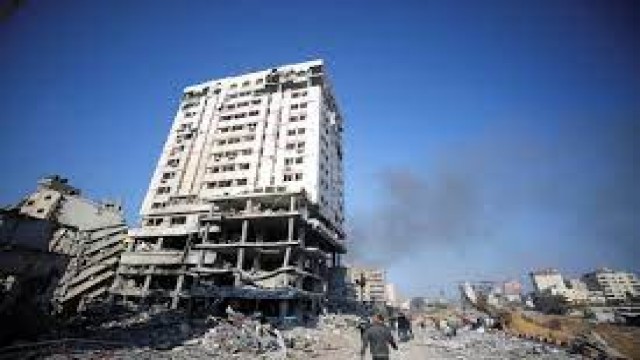
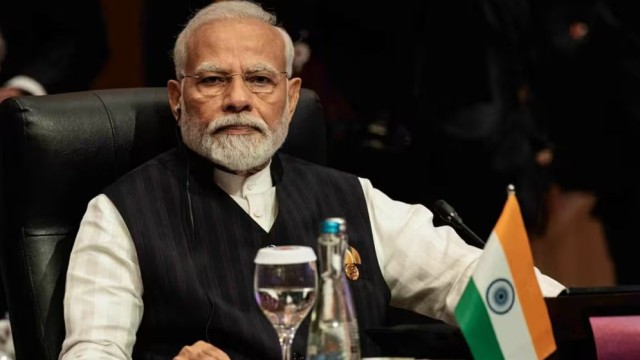
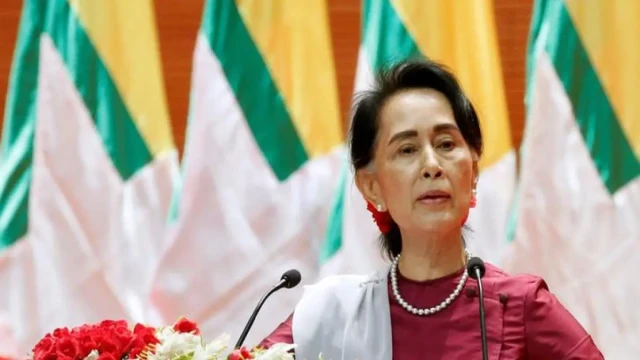
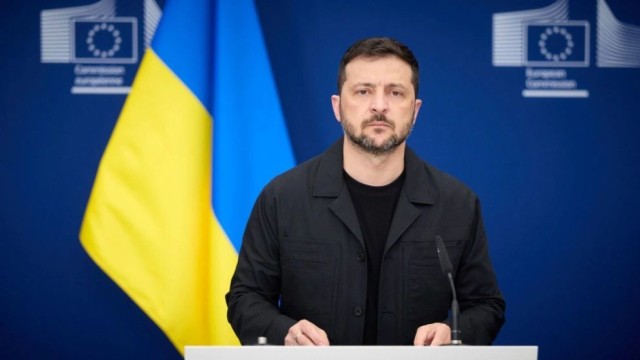
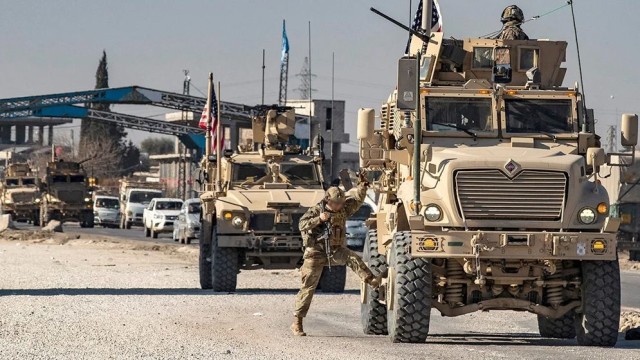
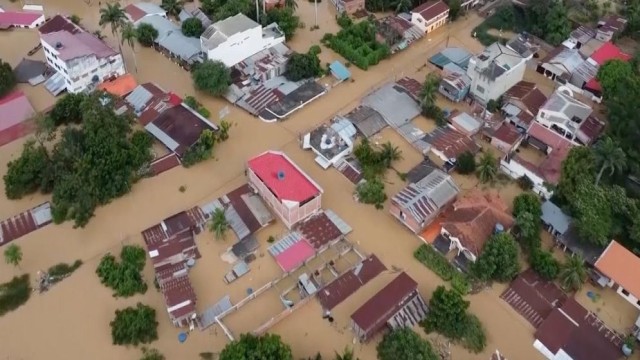
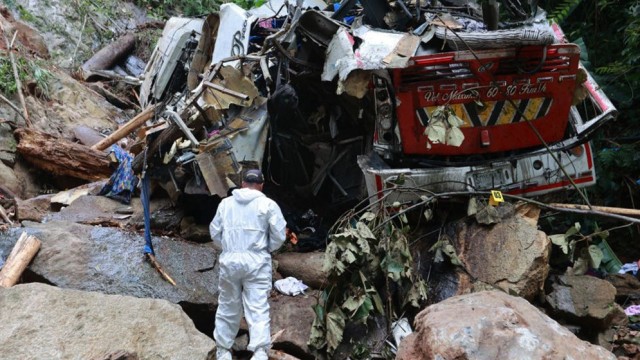
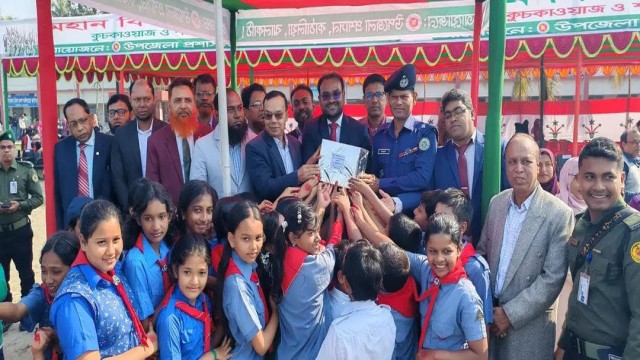
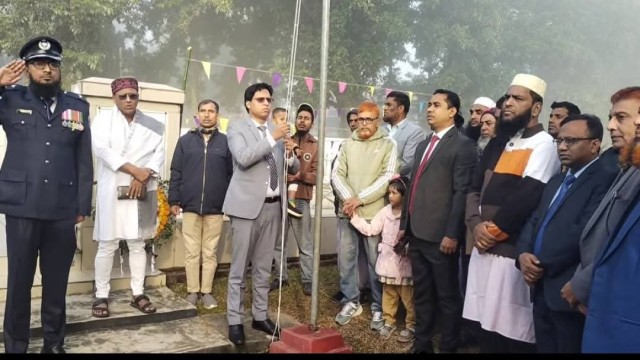
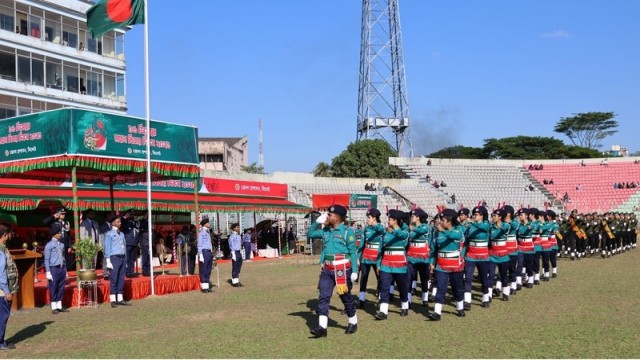
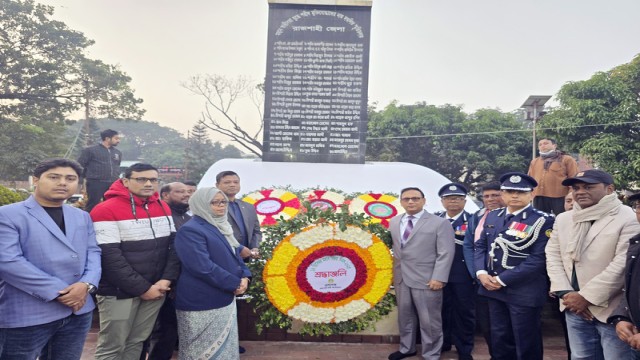


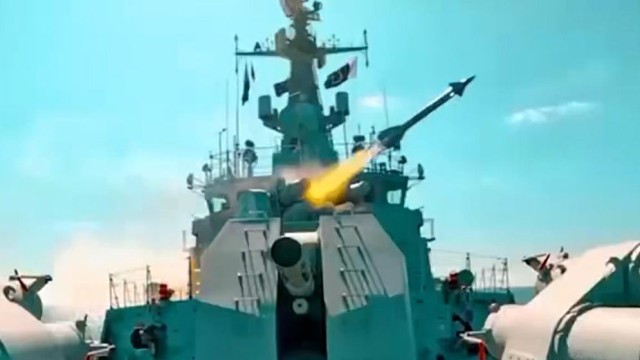
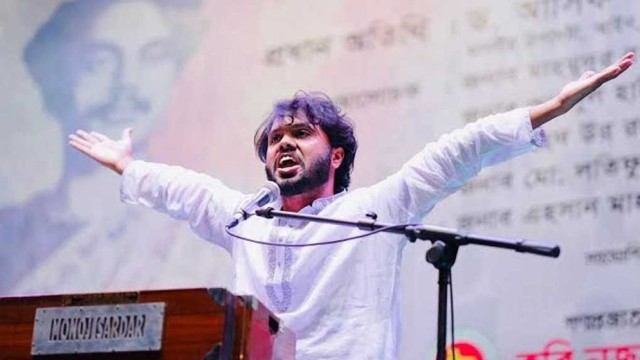

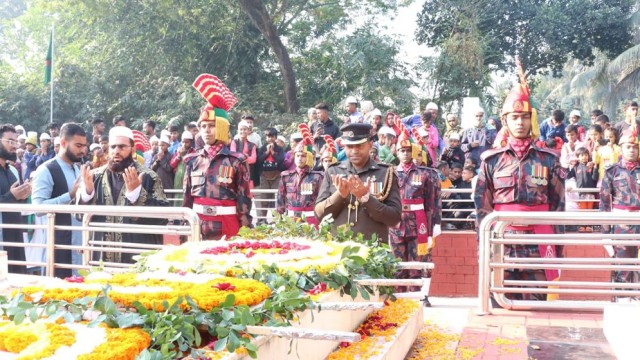

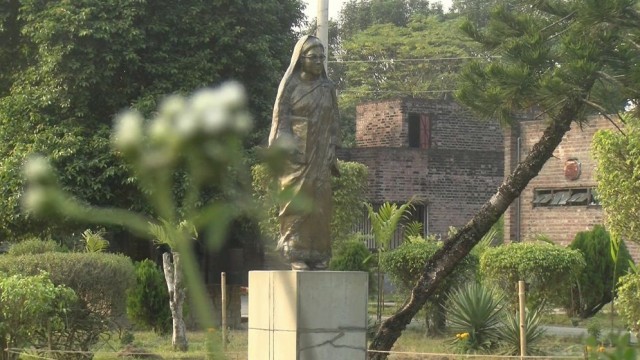



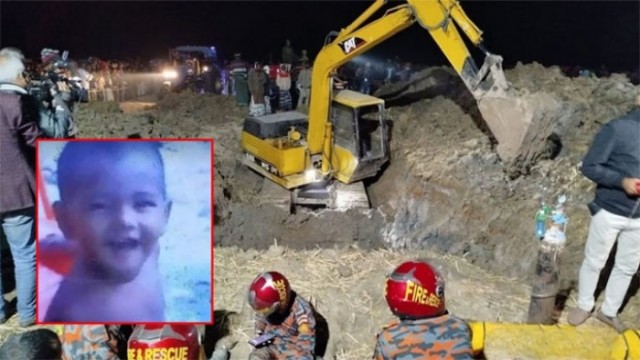
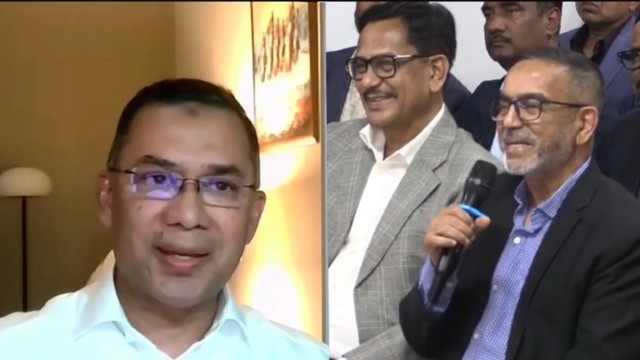
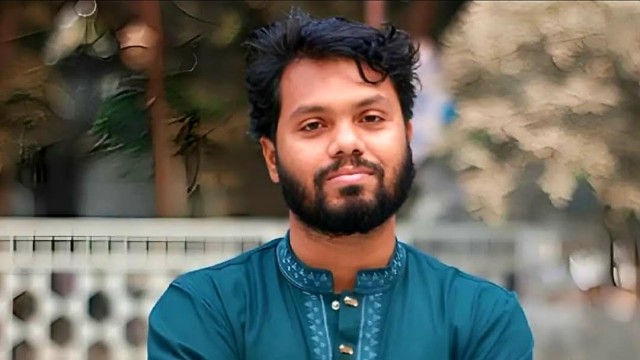
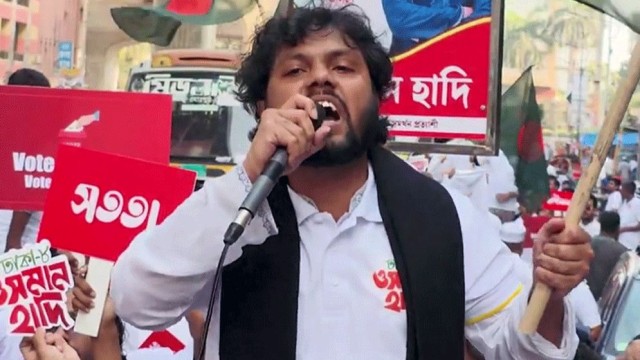
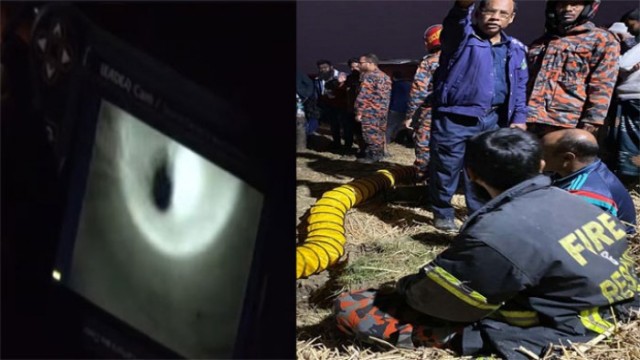

Comment: